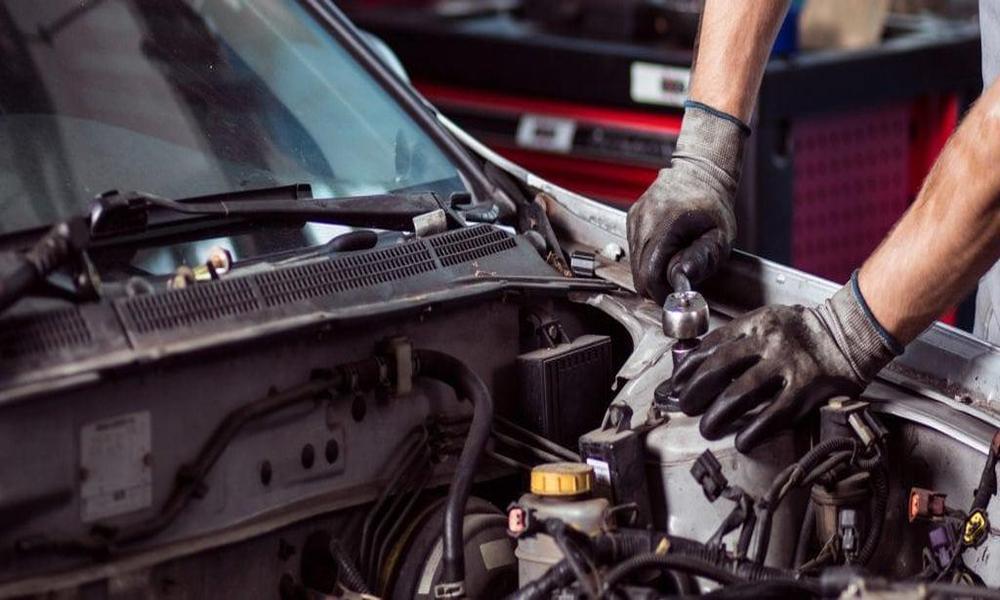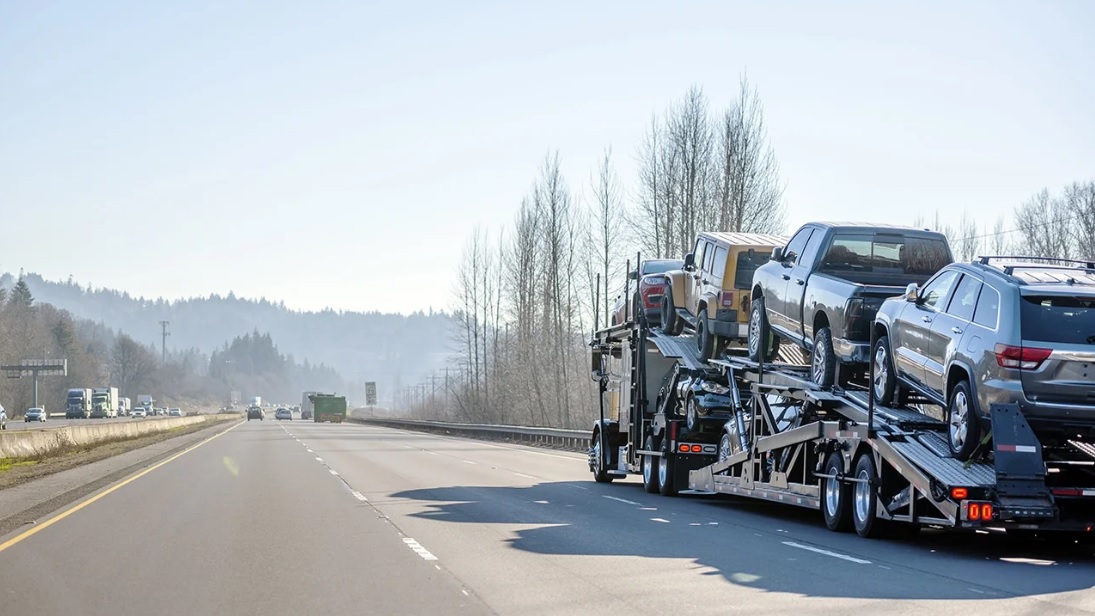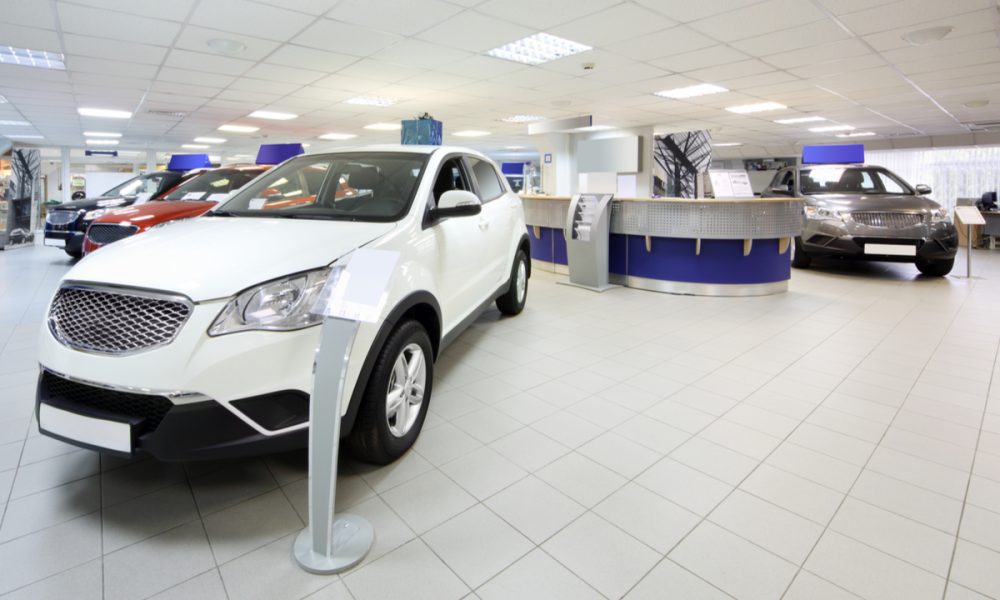Embarking on a career as an auto dealer in California can be both exciting and lucrative. The state’s vibrant automotive market offers ample opportunities for entrepreneurship and success. However, becoming a licensed auto dealer involves navigating through specific procedures and regulations. This guide provides a comprehensive look at how to become a licensed auto dealer in California, outlining the essential steps from training to obtaining your dealership license.
Understanding the Requirements
The first step in becoming a licensed auto dealer in California is understanding the specific requirements set by the California Department of Motor Vehicles (DMV). These requirements are designed to ensure that dealers operate ethically and understand the laws governing vehicle sales in the state.
Essential Training for Auto Dealers
Before you can apply for a dealer license, you must complete a pre-licensing training course. These courses are designed to educate prospective dealers on the legal, operational, and financial aspects of running a dealership. The California Dealer Academy offers comprehensive training that covers topics such as:
- Vehicle laws
- Business management
- Sales techniques
- Financing and insurance practices
The training is crucial, not only to fulfill licensing requirements but also to ensure that you are fully prepared to run a successful dealership.
The Licensing Process
After completing the necessary training, the next step is to apply for your dealer license. This process involves several key components:
- Application Submission: Submit a completed application packet to the DMV, including all required documents and fees.
- Business Location: Your dealership must have a permanent business location that meets specific requirements set by the DMV.
- Zoning and Compliance: Ensure that your dealership complies with local zoning laws and other regulations.
- Background Check: All dealership owners must undergo a background check.
- Surety Bond: Obtain a surety bond, which protects consumers by providing compensation in case of a dealer’s contractual default.
Setting Up Your Dealership
Setting up your dealership involves several logistical and strategic decisions. Here are some factors to consider:
- Facility Requirements: California requires that your dealership facility include an office and a display area large enough to exhibit vehicles.
- Business Operations: Develop a business plan that outlines your dealership’s operations, including sales strategies, inventory management, and customer service policies.
- Record Keeping: Maintain accurate records, as required by law, including vehicle history, sales transactions, and financial operations.
Marketing and Sales Strategies
With your dealership established, focusing on marketing and sales strategies that attract and retain customers is crucial. Effective marketing can differentiate your dealership in a competitive market:
- Digital Marketing: Utilize online platforms to reach potential customers. This includes a well-designed website, social media marketing, and online advertising.
- Community Engagement: Engage with your local community through events or partnerships, which can enhance your dealership’s reputation and visibility.
Ongoing Compliance and Education
Once you are a licensed dealer, maintaining compliance with state regulations is essential. Stay informed about changes in automotive laws and industry standards. Participating in ongoing education and networking with other dealers can provide valuable insights and help keep your business practices up to date.
Conclusion
Becoming a licensed auto dealer in California is a detailed process that requires careful preparation and compliance with specific state requirements. By following the steps outlined in this guide and taking advantage of the resources offered by the California Dealer Academy, you can successfully navigate the licensing process and set the foundation for a prosperous auto dealership. Start your journey today and turn your automotive passion into a thriving business.













Comments